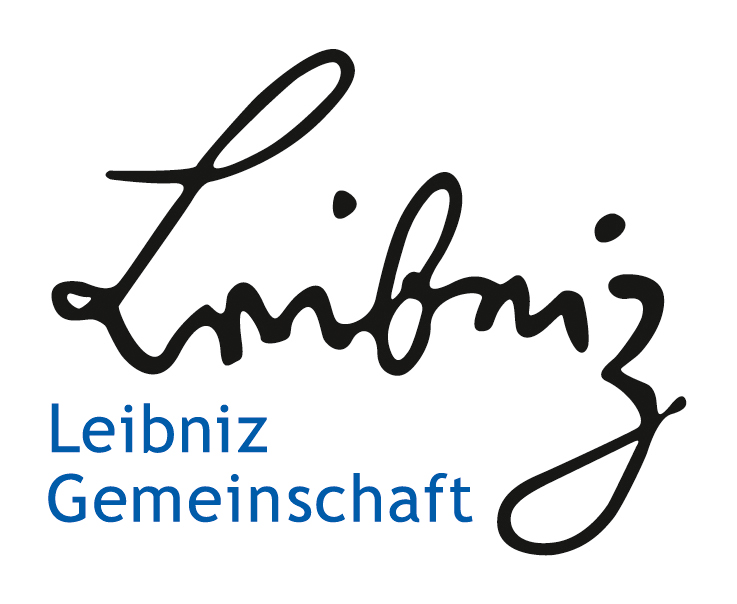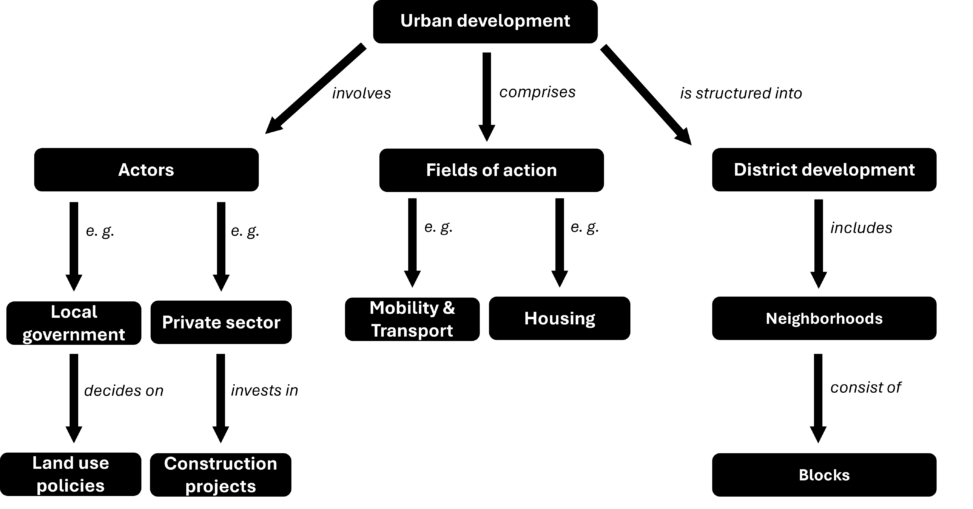Visually Reconstructing Causal Structures in Spatially Oriented Social Research
Author:
Meyer, Tom
Citation:
Meyer, T. (2025): Qualitative Concept Mapping – Visually Reconstructing Causal Structures in Spatially Oriented Social Research. https://visqual.leibniz-ifl-projekte.de/methodbox/2025/06/03/qualitative-concept-mapping/
Essentials
- Reflecting Processuality: Common qualitative content analysis approaches (e.g., Kuckartz / Rädiker, Mayring) tend to focus on identifying categories and subcategories relevant to a given research object. Unlike these predominantly static representations of analytical results, qualitative concept mapping places stronger emphasis on processuality.
- Revealing and Enduring Conflict: Visualizing place-related dynamics through concept maps allows for the focused depiction of persistent ambiguities between the objects under analysis, known as propositions, stemming from differing user perspectives or the multiple meanings of single propositional variables for one individual. For instance, ‘safety’ in public parks may imply comfort or exclusion depending on the perspective and positionality of the user, while ‘rural region X’ may simultaneously evoke a sense of belonging for one person, strengthening the connection to a place of residence, but also increasing dissatisfaction with regional living conditions due to simultaneously diagnosed structural weakness.
- Combinability and Participation: Concept mapping is easily combined with methods like qualitative content analysis as a secondary analysis strategy and supports participatory knowledge production through its low-threshold creation and interpretation.
Description
Concept maps (also written as Concept-Maps or conceptmaps) can be understood as “two-dimensional representations of structures” that “consist of elements and their relations” (Schmalor 2021: 115 f.; translated). At first glance, concept maps resemble the more familiar mind maps, but they differ significantly in their methodological objectives: “Mind maps structure knowledge by making associations visible. In contrast, concept maps elaborate knowledge by clarifying the relationships between concepts, thereby making the concepts themselves more comprehensible” (Engel et al. n.d.: 1; translated).
Beyond the basic idea of visualizing structural relationships, there is no consistent understanding of the methodology; variations can be traced back—within the history of science—to different contexts of origin and divergent epistemological interests. This article outlines two central approaches to concept maps that are particularly relevant to qualitative spatial research: the concept mapping approach rooted in cognitive psychology and associated with David Ausubel, as developed by Novak and Gowin (1984), and the subsequent, sociologically grounded version of concept mapping proposed by McLean and Link (2022). The method of qualitative concept mapping described by McLean and Link (2022) will be presented step-by-step in the following chapter.
In addition to concept mapping inspired by Novak and Gowin (1984), another application exists—independent of the former—that is highly relevant to qualitative methodology in geography and space-sensitive social and cultural research: group concept mapping, developed by William Trochim. However, since this variant constitutes a mixed-methods approach and is thus not primarily designed as a qualitative method, and to avoid conceptual overload in the present article, it will not be addressed in detail here. Readers interested in this evaluation-research-based form of concept mapping can refer to Trochim and McLinden (2017) for an introduction, and—given the often costly software solutions—to the open-source software R-CMap (for program documentation, see Bar and Mentch 2017).
The origins of concept map research are commonly associated with the educational scientist Joseph Novak, who first applied the instrument in 1972 within the context of intervention studies (Schmalor 2021: 116). A foundational elaboration of the approach is provided by Novak and Gowin (1984). Since the late 1970s and early 1980s, concept maps have been used both for the diagnosing of participants’ knowledge state (before and after an intervention) and supporting instruction for learning, as well as “feedback and evaluation instruments” (McLean / Link 2022: 4; translated). The primary aim was thus to identify individuals’ existing knowledge structures and to promote the development of systematic knowledge through visualizations. The effectiveness of the method for these purposes has been demonstrated in numerous studies (ibid.).
Novak’s approach to concept mapping is grounded in David Ausubel’s (1978) cognitive psychological theory of assimilation, which posits that new knowledge is most effectively learned when it is linked to pre-existing cognitive structures—that is, when it is assimilated (Ausubel et al. 1980: 5). Based on this principle, Novak and his colleagues conceptualize concept maps as structures composed of so-called propositions, which represent the smallest units of meaning (e.g., neighborhood assistance strengthens the sense of community). These propositions consist of elements (also referred to as nodes, terms, or concepts; Schmalor 2021: 116)—in this case, neighborhood assistance and sense of community—and their relational connection (also called “linking phrases”; McLean / Link 2022: 4)—here, strengthens. Elements and their connection are typically visualized through a directional arrow and a connecting label (ibid.; see also Fig. 1). Concept maps thus function as “internal […] representation of knowledge in the form of semantic networks” (Fürstenau 2011: 46, in McLean / Link 2022: 4; translated). For the method’s creators, the visualization of conceptual understandings through clearly defined verbal expressions was a decisive advantage, as it enabled the precise articulation of study participants’ understanding of specific subject areas (ibid.).
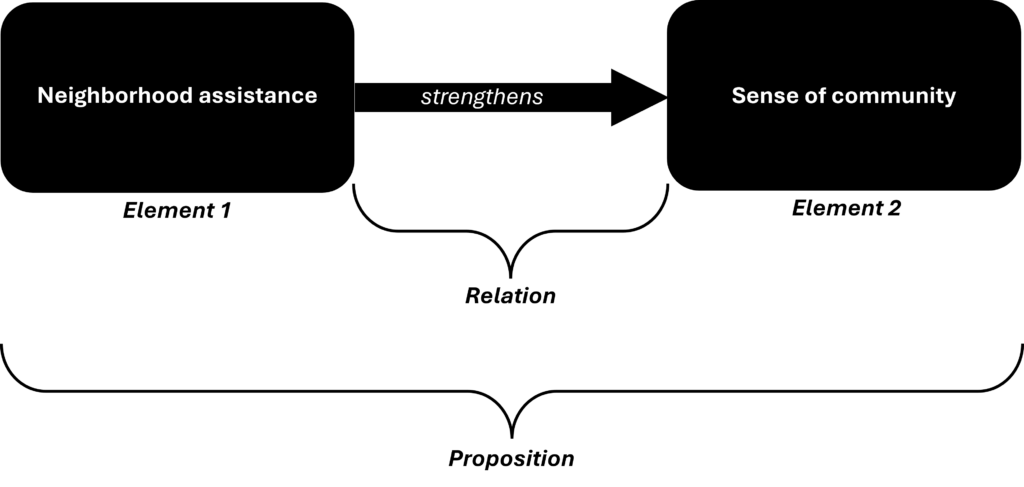
Figure 1: Example of a Proposition and its parts (own depiction following Schmalor 2021: 116)
Building on Ausubel’s theory of cognition, early implementations of concept maps were based on the assumption of a hierarchical organization of knowledge, in which new propositions are subsumed under existing knowledge structures (hierarchical concept map; see Fig. 2). However, empirical studies in learning psychology could not confirm the assumptions of a strictly hierarchical arrangement of knowledge. Consequently, so-called networked concept maps (see Fig. 5), which represent knowledge organized propositionally in the form of semantic networks (Schmalor 2021: 118), have become increasingly prevalent.
Nonetheless, even within networked concept maps, sub-areas can still be organized hierarchically, suggesting a fluid continuum between these forms (Clausen / Christian 2012: 12 in Schmalor 2021: 118). Furthermore, concept maps can also be structured in spiral, circular, or star-shaped configurations, each associated with specific advantages and disadvantages (Brühne / Harnischmacher 2019: 11–13 in Schmalor 2021: 118). The form of a concept map can be adapted to the respective research needs, which is both a strength (flexibility) and a weakness (i.e., lack of theoretical grounding). This highlights the necessity for project-specific evaluation rules that must be derived through argumentation based on the subject matter (Schmalor 2021: 117 f.).
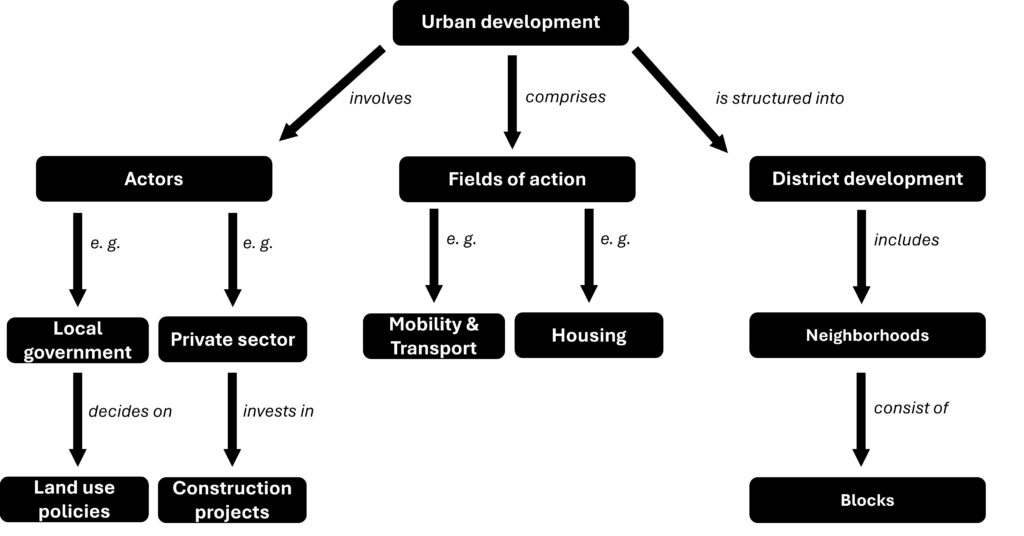
Figure 2: Example of a hierarchical Concept Map (own depiction following Schmalor 2021: 117)
Due to its emphasis on diagnostics and the support of learning progress, Novak’s concept mapping has primarily been discussed within the epistemological framework of effectiveness research (McLean / Link 2022: 5). As a result, there was only limited reflexive positioning of study participants, and concept mapping was rarely employed to investigate collective patterns of interpretation (ibid.). However, the researchers’ perspectivity, the necessity for reflexivity within the research process, and the identification of collective interpretations are of central importance to qualitative social research. For this reason, McLean and Link propose a theoretical advancement of the positioning of concept mapping, including a modified workflow (ibid.).
McLean and Link (ibid.: 7; translated), recognizing the divergent epistemic assumptions and perspectives between cognitive psychology and qualitative social research—focusing in their case on the sociology-of-knowledge (discourse) analysis—propose to “detach the methodology as far as possible from the specific theoretical framework of cognitive psychology.” This more general scientific theoretical positioning using philosophical propositional logic separates concept mapping from cognitive psychological epistemology, thereby creating “definitional clarity” (ibid.: 8). To this end, they replace the term elements (which they refer to as concepts) with the term propositional variable. This variable “no longer refers solely to concepts in the cognitive-psychological sense, but to ‘atomic sentences’ in the sense of philosophical propositional logic, which internally contain no further sentence conjunctions or negations” (ibid.: 8; translated).
This shift clarifies that “the smallest distinctions identified by the researchers in the respective research context should be specified”, such as categories defined at the end of a coding process, which “cannot be further broken down or subdivided within the scope of the given study and (typically) are formulated without internal contradictions” (ibid.; translated). Propositional variables are linked by junctors that express the relation between the variables. In the case of two linked propositional variables, the authors refer to these as proposition statements, whereas more complex relational structures with shared junctors are termed argumentation structures (ibid.). As illustrated in Fig. 3, the representation based on formal philosophical propositional logic can be visualized accordingly.
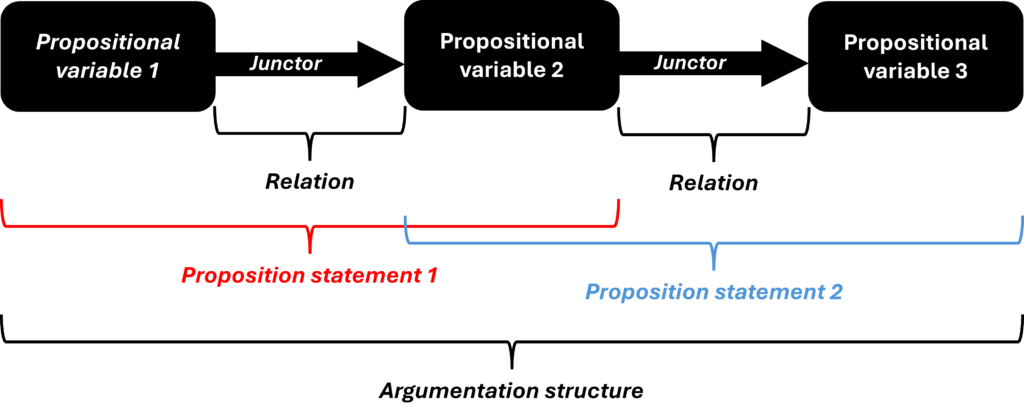
Figure 3: Concept Map according to the Propositional Logic (own depiction following McLean / Link 2022: 8)
Strengths and Limitations
Qualitative concept mapping is particularly well-suited to breaking down complex patterns of argumentation and relationships found in verbal data and understanding them holistically through visual representation. This method enables a collaborative approach to analysis. Researchers should opt for concept mapping when identifying interactions between sub-aspects of the subject under investigation, extracting recurring structures within the material or collaboratively developing and validating findings are central to their research objectives. It is particularly well-suited to research questions that aim to provide a comprehensive overview of controversial topics and the rationales behind different positions. Examples include studies examining attitudes in discourses on the concept of homeland, assisted dying or migration policy. The strengths of concept mapping can be summarized as follows:
- Adaptability of task formats – including presence or absence of predefined propositional variables, statements, and structures, their arrangement (e.g., hierarchical), or the use of junctors, as well as evaluation procedures (e.g., based on individual concept maps or a meta-concept map; see below), depending on the research subject (Schmalor 2021: 118).
- Possibility of comprehensively illustrating interpretive patterns (McLean / Link 2022: 9).
- Analytical results that are easy to communicate (ibid.).
- Capacity for continuous integration of additional data during the research process (ibid.).
- Capability to illustrate convergent and divergent analytical findings by comparing and connecting concept maps (ibid.; see also the workflow described below).
However, the following weaknesses of qualitative concept mapping must also be acknowledged, and they apply independently of its theoretical foundation:
- Lack of standardized rules for the use of concept maps, which can be considered as a deficit in the theoretical grounding of the methodology (Schmalor 2021: 118).
- Difficulty representing statements involving predicate and modal logic (McLean / Link 2022: 9), for example due to the general absence of predicate logical quantifiers (e.g., ∀x ≙ “for all/every x it holds that…”) or modal logical operators (e.g., ◇p ≙ “it is possible that p…”).
- Criticism of the assumption that knowledge can be mapped in network structures. This critique is particularly relevant for cognitive-psychological approaches to concept mapping aiming to make precise statements about the organization of knowledge. In contrast, qualitative social research pursues a different epistemological interest: identifying recurring interpretations of social relations (ibid.). Qualitative researchers must therefore be aware that each concept map constitutes an interpretive act by the researcher (ibid.: 12).
Procedure
After outlining the aims of concept maps within the context of the history of science, describing their basic structure, and discussing their strengths and weaknesses, this section turns to the specific procedural steps of concept mapping as presented by McLean and Link (2022). Their approach frames the qualitative mapping method with a focus on analysis and intentionally breaks down individual steps in a highly detailed manner to ensure alignment with the premises of other qualitative social research methods—particularly regarding rule-based application, transparency, and reproducibility of analytical procedures.
McLean and Link (ibid.: 11–19) propose a process model consisting of nine individual steps, divided into three phases: “Focusing” (Steps 1–3), “Single-Text-Based Concept Map” (Steps 4–6), and “Meta-Concept Map” (Steps 7–9) (see Fig. 4).
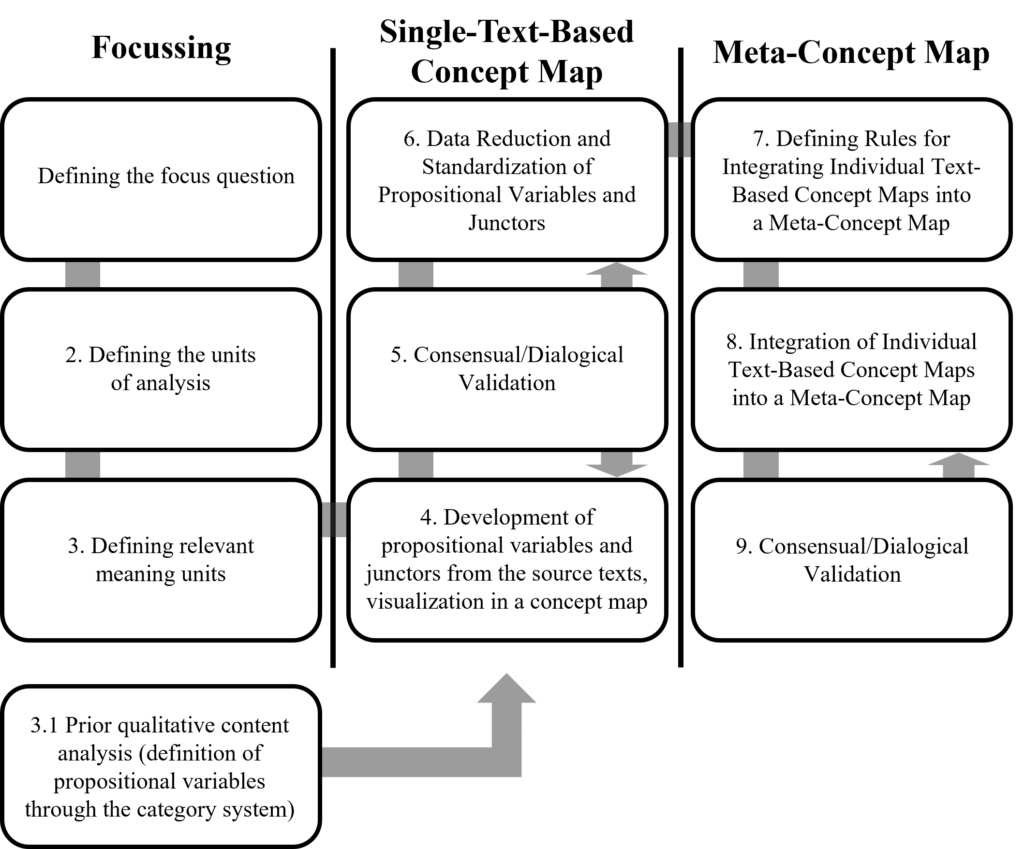
Figure 4: Model of using Concept Mapping as a Method of Analysis and Visualization (McLean / Link 2022: 13; translated)
1. Defining the Focus Question
First, the focus question that will guide the entire concept mapping analysis process must to be defined. This question can either be derived from the overall research question or be identical to it.
2. Defining the Units of Analysis
The next step is to determine which materials are to be analysed (e.g. full interview transcripts, documents and text excerpts).
3. Defining Relevant Meaning Units
Before the actual creation of the concept map, it must also be determined how long individual meaning units—those to be described by a proposition—should be. This step can be understood analogously to defining a coding unit in qualitative content analysis, i.e., the smallest unit to be coded. The unit of meaning can then be deconstructed by transforming the sentence structures in the source material into propositional variables and junctors.
In addition to treating the material analogously to a specific qualitative content-analytical procedure, a completed content analysis can also serve as the basis for constructing a concept map (Step 3.1). In such cases, the concept maps are subject to all methodological limitations associated with the specific content-analytic approach (for variations within qualitative content analysis, see e.g., Bücker 2020). Even in this scenario, a focus question must be formulated, which may either align with or differ from the research question used in the content analysis—for example, by expanding the focus to a particular subaspect of the research subject.
Categories derived from the content analysis can then be transformed into propositional variables and linked using junctors, thereby forming proposition statements and argumentation structures (see Fig. 4). This process provides a new perspective on the material: “The representations in concept maps can, in this context, be understood as a specific form of (interpretive) visualization for qualitative content analyses” (McLean / Link 2022: 15; translated)
4. Development of Propositional Variables and Junctors from the Source Texts and Visualization in a Concept Map
When identifying propositional variables and junctors, formulations should “closely follow the text to be analyzed in order to avoid interpretive distortion” (McLean / Link 2022: 15; translated). Drawing on the terminology used in qualitative content analysis by Kuckartz and Rädiker (2024), such formulations could be referred to as in-vivo propositions. These can be differentiated from other types of propositions by, for example, formatting them in italics and underlining.
It is also advisable to define the terminology for propositional variables and junctors early in the process to avoid inconsistent naming across individual concept maps). For researchers working inductively, one method is to determine propositional variables and junctors based on their frequency of occurrence in the material. This can highlight recurring logical connections and simplifies the creation of meta-concept maps—i.e., a concept map that synthesizes the findings from multiple individual maps (see Steps 7 to 9).
Moreover, it is useful to adjust junctors in the source material to reflect the directional logic of the focus question. For example, if the focus question is:
“What are the advantages that urban development corporations attribute to participatory formats for socially and ecologically just urban development?”,
and an interviewee states:
“If there are no community centers, it’s damn hard to get people to think along and participate”,
then instead of visualizing Lack of neighborhood centers –hinders–> participation, the preferable proposition would be: Community centers –form the basis for–> participation. The visualization of all propositional variables and junctors from the meaning units within a unit of analysis results in a concept map based on single text.
Although analytically distinct, Steps 3 and 4 may overlap in practice; nonetheless, both should be addressed separately in the methodological reflection.
5. Consensual/Dialogical Validation
Step 5, consensual or dialogical validation, functions as a bridge between Step 4 and Step 6. Wherever possible, the definition of propositional variables and junctors should be negotiated collaboratively in order to improve their quality. For this purpose, different researchers can independently create concept maps for each unit of analysis, then compare and integrate these into a consensually validated concept map.
Ideally, the concept map should also be validated through dialogue—for instance, by presenting it to the interviewees or the authors of the analyzed documents. This should be straightforward to implement in most cases due to the nature of the mapping. Additionally, validation through generative AI may be considered as a supplement or alternative to the strategies described by McLean and Link (2022).
6. Data Reduction and Standardization of Propositional Variables and Junctors
When comparing individual concept maps (e.g., between an actor with professional knowledge and an actor with experiential knowledge) or consolidating multiple concept maps into a meta-concept map, it is necessary to appropriately reduce the volume of data in each individual concept map. The initial data reduction typically occurs during the formulation of units of meaning as propositions in Step 4.
If the selection of propositional variables and junctors was already carefully reviewed in Step 4, Step 6 primarily serves to examine this interpretive condensation. Analytically, Step 6 involves a retrospective review of specific parts of the concept map based on the full mapping—similar to the review of coded segments after the initial coding round of the entire dataset. When grouping different junctors under a common label, this process should ideally be documented.
7. Defining Rules for Integrating Individual Text-Based Concept Maps into a Meta-Concept Map
As is common in qualitative content analysis for identifying similarities and differences between units of analysis, McLean and Link (2022) also propose integrating multiple concept maps into a higher-level meta-concept map for social science-oriented concept map research. This represents a crucial advancement in the discourse around concept mapping, especially relevant for visual and spatially-oriented social research. To ensure that this integration is systematic and traceable, they suggest establishing explicit rules for combining concept maps into a meta-concept map, highlighting several key aspects:
- Inclusion of propositions that appear in at least two or three of the individual text-based concept maps
- Inclusion of all propositions, alongside an indication of the frequency of their occurrence across individual concept maps; this approach allows for compensating—at the level of units of analysis—for the general absence of quantifiers in propositional statements (e.g., the statement applies to all documents, most, some, etc.); despite potential for quantification, integration should primarily follow a qualitative logic
- Documenting the source of each proposition (e.g., Interview B – line 13f., Interview E – lines 20–23)
- Outlining propositional variables and varying the line thickness depending on the number of junctors linked to them (e.g., 0.5 cm = one relation; 1 cm = two relations; etc.); this allows for a quick visual identification of propositional variables of higher quantitative relevance
- Varying the line thickness of junctors based on the number of times a proposition is mentioned (e.g., 0.5 cm = mentioned in one document; 1 cm = mentioned in two documents; etc.)
- Color highlighting for propositional variables, for example to indicate particularly relevant statements (e.g., dark green and opaque = of direct relevance to answering the focus question; light green and transparent = of indirect or secondary relevance), or to distinguish between actor groups (e.g., red = municipal administration; blue = NGO; yellow = academia)
In addition to these formal criteria—which serve to highlight similarities and variations between concept maps that may either contradict or complement each other—it is important to note, as a supplement to McLean and Link (2022), that substantive rules can also guide the creation of a meta-concept map.
From the perspective of spatially-oriented social research, for example, one might apply place-based criteria (e.g., all documents containing descriptions of terminal railway stations in Germany) or spatial references (e.g., all publications with the terms urban spaces or rural spaces in the title or abstract). In addition to locational and spatial references, other dimensions such as temporal (e.g., all units of analysis from the years 2010 to 2020), actor-related (e.g., all units addressing operationalizations of housing demand by municipal statistical offices), or conceptual-normative criteria (e.g., all units that represent guiding models advocating for social mixing in neighborhood development) may also be applied. These dimensions can, of course, be combined in various ways (see Vogelpohl 2013 for an overview of comparative qualitative methodology related to spatial processes).
8. Integration of Individual Text-Based Concept Maps into a Meta-Concept Map
Step 8 involves constructing the meta-concept map according to the previously defined criteria. This integration can be performed manually or semi-automatically with the support of software tools (e.g., CmapTools). Fully automated analysis, however, requires “as few as possible, highly standardized propositional variables and junctors” (McLean / Link 2022: 19; translated), a condition that is rarely met in qualitative social research.
9. Consensual or Dialogical Validation of the Meta-Concept Map
Ideally, the meta-concept map should also undergo communicative validation to improve its quality (see Step 5). It should be added here that concept maps and meta-concept maps, beyond their validation, can also serve as research or practice tools—for example, by using them in workshops to facilitate in-depth discussions of specific aspects (such as conflicting goals in socio-ecologically sustainable urban development) or to support the participatory formulation of new research questions.
McLean and Link (2022) do not describe the final interpretation and discussion of concept maps or meta-concept maps as a distinct analytical step. The utilization of the maps can vary depending on the research focus. For instance, it may be a matter of highlighting and further contextualizing the particularities of a highly divergent individual case against the backdrop of the overall sample. Furthermore, contradictions between actors could be traced, or complementary lines of argument could be identified in an aggregative manner, thereby contributing to a more comprehensive understanding of a phenomenon (for types of comparison, see Tilly 1984 in Vogelpohl 2013: 57 f.). As with the dimensions of comparison discussed earlier, hybrid forms are also possible in this context.
Requirements
- Target Group: Anyone interested in the visualization of qualitative research findings, including in-depth analysis of causal pathways and possibly simultaneously occurring contradictory mechanisms
- Possible Working Materials: Documents, interview transcripts, results from content analysis, etc.
- Participants (for communicative validation): Interested study participants, other researchers.
- Location (for communicative validation): Flexible; must accommodate presentation of the concept map or meta-concept map (e.g., computer, projector, etc.)
- Tools: Pen and paper, various software solutions for qualitative data analysis (CmapTools, PowerPoint, etc.)
- Required Skills: Basic knowledge of qualitative content analysis or sociology-of-knowledge discourse analysis; for dialogic validation with groups, the presence of researchers with experience in moderation is advantageous.
Evaluation
- Application Contexts: Applicable to any research question focusing on content analysis or sociology-of-knowledge approaches, with or without a specific spatial reference. To date, qualitative concept mapping has been primarily applied in educational, evaluation, and health research, and less frequently in spatially oriented disciplines.
- Effort: Comparable to the effort required for qualitative content analysis. When used as a secondary strategy (i.e., following a qualitative content analysis), the time needed is reduced. Additional time should be scheduled for communicative validation.
- Cost: No additional costs, except in cases where paid software is used
Example
The following example illustrates the steps for creating a concept map with a focus question related to spatial analysis based on a content-structuring qualitative content analysis according to Kuckartz / Rädiker (2024). The analysis addressed the following research question: “Through which causal pathways is place-related mental well-being mediated in neighborhoods with a high prevalence of mental illness?” (part of a yet-unpublished doctoral dissertation). The analysis revealed the importance of primarily static neighborhood elements (e.g., the presence of high-quality, clean green spaces) and the ambivalent role of neighborhood formation for place-based mental well-being. This is an aspect that is more difficult to capture through content-structuring qualitative content analysis alone due to the processual character of neighborhood formation and the simultaneity of opposing effects. Concept mapping is therefore a useful tool for illustrating the dynamic interactions and ambiguous influences involved in shaping place-related well-being in neighborhoods.
The concept mapping presented here focuses on the focus question: “To what extent does the production of neighborhoods by one’s own social group or by other actors reduce place-related mental well-being?” (Step 1). The unit of analysis (Step 2) is a transcript of a problem-centered, residential-biographical interview with a local resident who lives on a busy main road. For illustrative purposes, only the transcript segments coded as “Spacing by own social group” and “Spacing by other social groups” are considered. Following Löw’s spatial sociology terminology (2001: 178), “spacing” refers to the establishment, construction, or positioning of social goods. The analysis focuses on absent, planned and implemented interventions on the street where the interviewee lives.
Meaning units were derived from propositions contained in the coded text segments (Step 3, Step 3.1). Propositional variables and junctors were developed inductively from the material, partially guided by the original statements (in-vivo propositions; here: translated), except when statements contradicted the logical structure of the guiding question.
The propositions and their interrelations were visualized (see Fig. 5), with junctors highlighted in orange for clarity. The central theme was enclosed for emphasis (Step 4). In-vivo propositions are shown underlined and were, where necessary, grammatically adjusted to serve as junctors. Propositional variables are presented in the nominative case. The visualization was created using PowerPoint. The results shown here are exemplary and have not been published elsewhere.

Tracing the chain of effects stemming from displacement pressure in the concept map (see above) reveals that—despite its predominantly negative impact on residential well-being—it also contributes to neighborhood cohesion through the initiation of low-threshold neighborly encounters, both directly and indirectly (via resistant practices, see Fig 5). This cohesion counteracts the decline in place-related mental well-being. Thus, the concept map allows for the simultaneous representation of ambivalent and co-occurring effects of spacings on well-being within the neighborhood.
Given the previously discussed findings, it would be appropriate to follow up with a communicative validation, e.g., by involving other residents of the same or other heavily trafficked main roads, professionals in urban development, or fellow researchers. Additionally, a meta-concept mapping could be conducted—for instance, based on different citizen-led attempts to shape neighborhood space, with the aim of identifying conditions under which such efforts succeed or fail.
In conclusion, qualitative concept mapping techniques offer a wide range of analytical and representational possibilities for spatially orientated social research. As a complement to established methods of qualitative social research, they are particularly well-suited for reconstructing granular sets of propositions and complex argumentative structures and for visualizing processes (such as processes of place-making or urban production). Although the method—due to its disciplinary origins—has primarily been applied within educational sciences, subject-specific didactics, and evaluation research, it has yet to be widely received in geography and spatially sensitive cultural and social research. The spatial dimension of the method calls for more empirical applications and deeper methodological reflection. This should be pursued through close collaboration between spatial disciplines and fields with more extensive practical experience in applying concept mapping techniques.

Figure 5: Concept mapping on spacings with a negative impact on place-related mental well-being from the perspective of a resident (steps 1 to 4 of the concept mapping process model) (own depiction; right click and choose “open in a new tab” to view a larger version)
References
Ausubel, D. P. / Novak, J. D. / Hanesian, H. (1980): Psychologie des Unterrichts, Band 1. Weinheim: Beltz.
Brühne, T. / Harnischmacher, S. (2019): Konzeptionelle Einführung in die Methodik des Concept Mapping. In: Brühne, T. / Harnischmacher, S. (Hrsg.): Diercke Concept Mapping. Braunschweig, 4-16.
Bücker, N. (2020): Kodieren-aber wie? Varianten der Grounded-Theory-Methodologie und der qualitativen Inhaltsanalyse im Vergleich. In: Forum Qualitative Sozialforschung 21 (1), Art. 2. https://doi.org/10.17169/fqs-21.1.3389
Clausen, S. / Christian, A. (2012): Concept Mapping als Messverfahren für den außerschulischen Bereich. In: Journal für Didaktik der Biowissenschaften 3, 18- 31.
Engel, A. M. / Tempel, L. M. / Terkuhlen, K. K. (n.d.): Einführung in das Conceptmapping als eine Methode zur bildlichen Darstellung komplexer Textinhalte; Erprobung mittels Beispiellösung und schrittweiser Erklärung des Vorgehens. Veröffentlicht im Rahmen des Projekts „Voneinander Lernen lernen“, gefördert durch das Bundesministerium für Forschung und Bildung. https://www.hs-osnabrueck.de/fileadmin/HSOS/Homepages/LearningCenter/Dateien/Toolbox/TuE/Conceptmapping.pdf (last accessed: 23.05.2025)
Bar, H. / Mentch, L. (2017): R-CMap—An open-source software for concept mapping. Evaluation and Program Planning 60, 284-292. https://doi.org/10.1016/j.evalprogplan.2016.08.018
Fürstenau, B. (2011). Concept Maps im Lehr-Lern-Kontext. In: DIE Zeitschrift für Erwachsenenbildung 1, 46-48. https://doi.org/10.3278/DIE1101W046
Kuckartz, U. / Rädiker, U. (2024): Qualitative Inhaltsanalyse. Methoden, Praxis, Umsetzung mit Software und künstlicher Intelligenz. 6. Auflage. Weinheim: Beltz Juventa.
Löw, M. (2001): Raumsoziologie. Frankfurt am Main: Suhrkamp.
McLean, P. / Link, C. (2022). Concept Mapping als Analyse- und Visualisierungsmethode von Deutungsmustern. In: Forum Qualitative Sozialforschung 23 (1). https://doi.org/10.17169/fqs-23.1.3537
Novak, J. D. / Gowin, D. B. (1984): Learning how to learn. Cambridge: Cambridge University Press.
Schmalor, H. (2021). Die Förderung der Systemkompetenz durch den Einsatz von Modellen. Eine Interventionsstudie am Beispiel des Hochwassers. Geographiedidaktische Forschungen, Band 74. Dortmund: readbox unipress.
Tilly, C. (1984): Big Structures, large processes, huge comparisons. New York: Russell Sage Foundation.
Trochim, W. M. / McLinden, D. (2017): Introduction to a special issue on concept mapping. Evaluation and program planning 60, 166-175. https://doi.org/10.1016/j.evalprogplan.2016.10.006
Vogelpohl, A. (2013): Qualitativ vergleichen. Zur komparativen Methodologie in Bezug auf räumliche Prozesse. In: Rothfuß, E. / Dörfler, T. (Hrsg.): Raumbezogene qualitative Sozialforschung. Wiesbaden: Springer VS, 61-82. https://doi.org/10.1007/978-3-531-93240-8_3

